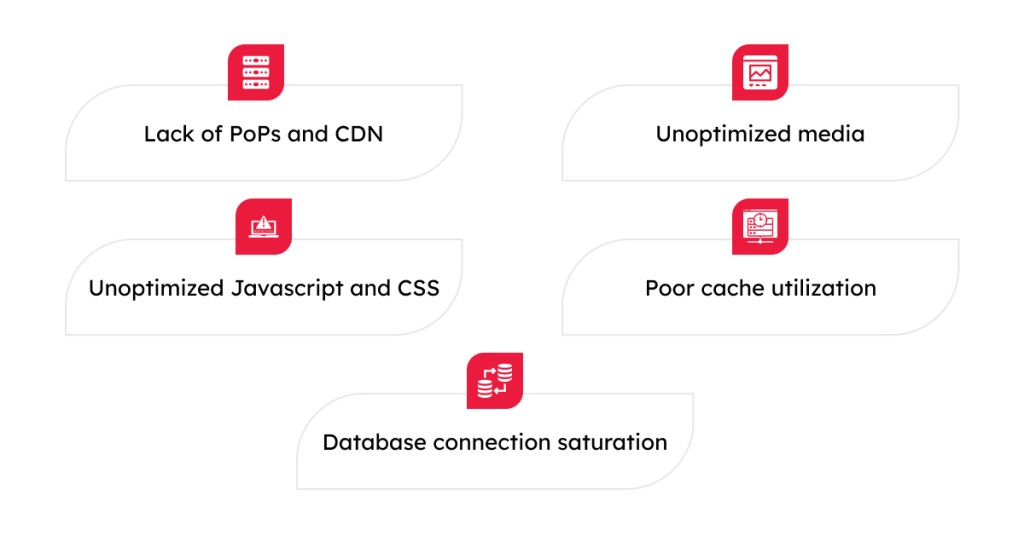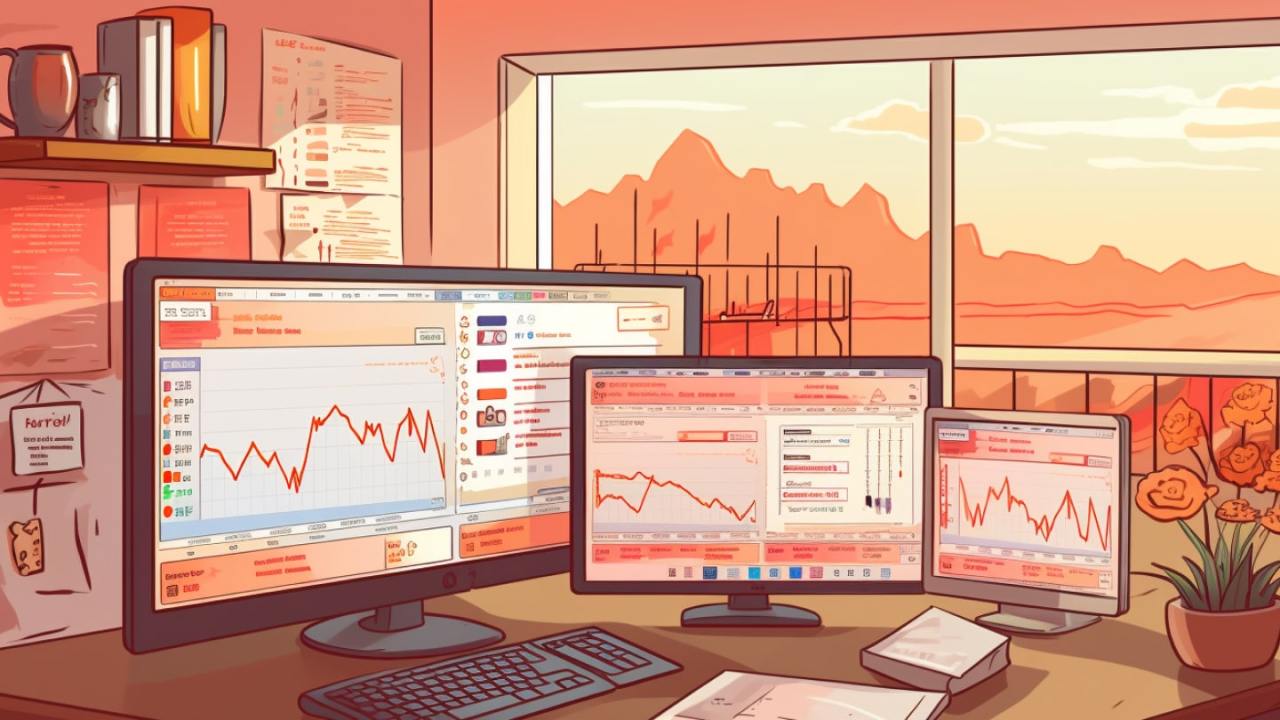How to improve website performance with WordPress VIP
No one likes to… wait… wait…. wait…
Having a site that performs like a digital superhero is a business imperative, especially when you’re making a first impression with a potential customer researching your organization.
The following website performance statistics should strike fear in the heart of every site developer and engineer, not to mention your brand marketing team:
- One in two users will abandon a site if it takes longer than four seconds to load. Source: BBC.
- A one-second delay results in a 16% drop in user satisfaction. Source: LoadStorm.
- Fifty-three percent of mobile site visits are abandoned if pages take longer than three seconds to load. Source: Google.
Perhaps you’ve noticed poor site performance when you check Google’s Core Web Vitals performance metrics, but aren’t sure how to remedy that?
When your business is on the line, you can’t afford to send new business elsewhere and tarnish your brand by having your content management system (CMS) deliver a poor digital experience.
So, let’s dive into five key reasons “slowness” happens and how WordPress VIP CMS mitigates them.

So, what causes a slow browsing experience?
Culprit 1: Lack of PoPs and CDN
More than likely, your business is global. That increases the logistical challenge of ensuring fast, consistent, stable connections for users on a variety of connection types on a variety of devices.
So what does this mean for your application?
When a network request is initiated, the request goes through multiple network hops. A hop is a computer networking term that refers to the number of routers a packet passes through, from its source to its destination.
As a consequence of these hops from a user’s geographical location to your server, there can be added time experienced by your users during loading. This can be mitigated by serving the content closer to your visitor, via a content delivery network (CDN) and points of presence (PoPs).

Culprit 2: Unoptimized media
Those high-quality images everyone is shooting today with the latest mobile devices are quite beautiful! That is, until they’re used as thumbnails on your homepage.
Adding a 4K image and limiting it to a 100×100 pixel container means your users have to load the whole 4K image. A single image isn’t much to fret about, but for businesses publishing content at scale, page load can easily explode exponentially, the more articles populate an index page.

Culprit: Unoptimised Javascript and CSS
When loading large files, every bit and every request counts. If you have already optimized the number of network hops taken to download a file, the largest amount of time a file takes to arrive is for the opening and closing of requests.
To address this, modern Javascript and CSS development often uses minification and concatenation.
Minification refers to the removal of all unnecessary characters in a file, normally all unnecessary whitespace. The aim here is to reduce the total number of bits being transferred.
Concatenation is the act of gluing multiple files together to produce one larger file. The aim here is to reduce the number of network requests.

Culprit 4: Poor cache utilization
Caches are special temporary storage to speed things up. What they speed up depends on the type of cache.
If you are not utilizing a form of caching, you might be seriously impacting your page response speed when your application is under load.

Culprit 5: Database connection saturation
When your application’s content and user base grow, those older database queries that were originally performing fine can now degrade performance.
When queries take time to execute, this occupies a seat at the database until the query finishes. Sometimes these seats fill very quickly, subsequently preventing more queries from being executed. This commonly manifests as degraded application performance until the database serves 500 responses.
Connection saturation can occur rapidly and randomly, making the root cause hard to diagnose.

In conclusion
From network hops and lack of points presence to database content saturation, addressing the root causes of poor website performance should be a top priority for any forward-thinking organization and its content management system. After all, making that great first impression with an audience is everything in the digital age. Because speed really does kill.
To learn more about WordPress VIP, contact us today!










